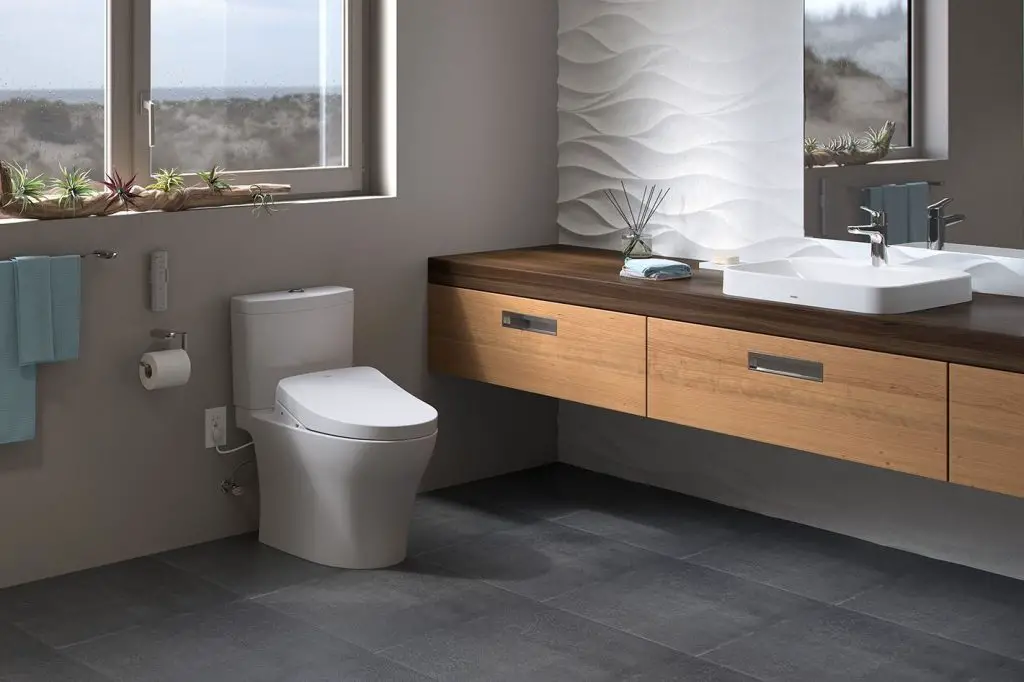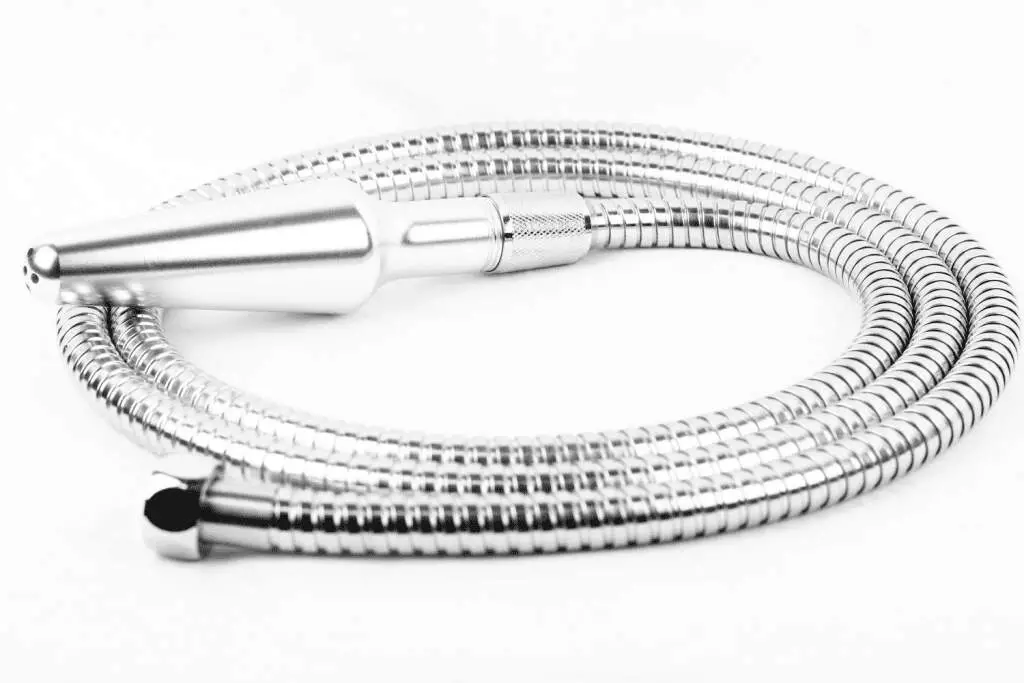If you’ve been looking into enemas for treatment or therapy, you may have heard of a bidet enema. Today, we’ll discuss how a bidet can be used for an enema, as well as some similar devices you can use.
An enema is a process where you inject saline solution or other liquid directly into the rectum. The purpose is typically for constipation relief, but there are other applications as well. For example, a doctor may prescribe a barium enema before an X-ray, or even use an enema to provide medication.
Different Types of Bidets and Enemas
Before we talk about bidet enemas, let’s talk about what we mean by bidet. There are several different varieties, each with their own benefits and drawbacks.
The first type of bidet is a standard European model. This is what most people probably think of when they hear the word “bidet.” It looks kind of like a sink, but it sits lower than a sink like a toilet does. Inside, there’s usually a small spigot and sometimes a water jet for cleaning out your nether regions.
The second type is a bidet seat or attachment for a toilet. These take up less space in your bathroom since there’s no need for a second fixture. They can also be added into standard American bathrooms, which don’t typically come with a bidet. These fixtures vary widely in their features, so it’s tough to say much more about them as a group. Some have an enema function, and most do not.
The third type is a handheld sprayer. These are typically mounted next to the toilet, in their bracket. They may be plumbed into the toilet, or there may be a hose from the shower. If you’re trying to use an aftermarket enema kit, it will generally be designed for this kind of bidet. Incidentally, a sprayer that’s attached to your shower can also be used with a vaginal douche kit.

Does a Standard Bidet Work for Enemas?
A standard, European-style bidet doesn’t work for an enema. To get a proper enema, you need to get the water into your rectum, which a typical bidet isn’t designed to do. They’ll get you clean down there, but they aren’t going to be an actual enema.
What About Bidet Toilet Seats?
Many newer toilet seats come with a retractable wand, which is designed to clean the rectum. These are growing in popularity since they’re easy to install on an existing toilet. These can be effective if they’re designed actually to be inserted into the rectum. If they simply go near the surface, they don’t perform the function of an enema.
Some aftermarket electric seats have what’s known as a vortex function, which they sometimes call an enema function. The idea is to shoot an ultra-powerful, swirling jet that will relax the sphincter and empty the colon.
The upside of this method is that it’s non-invasive. Many people enjoy getting the benefit of a relaxing cleanse without having to actually put a wand into their rectum. The downside is that it doesn’t actually perform a proper enema, getting water inside you. It can be effective for relaxing your sphincter, and it will get you clean. But if you want a real enema, you need something with a wand.
How to Perform a Safe, Effective Bidet Enema

You can buy enema wand attachments from many online retailers. Some home improvement stores are starting to carry them, but your in-store options might be limited. But how do you perform a proper enema?
To begin with, you need to understand how your anal canal works. There are two sphincters: the inner and the outer. The outer sphincter can be clenched voluntarily but will only open under pressure. The internal sphincter is not under any voluntary control and will also need to be opened, which is why an enema kit comes with an ergonomic probe.
Each enema kit is different, so make sure to read the instructions before you do anything. That said, you’re going to want to keep the following pointers in mind.
Before you do anything else, adjust the water temperature, so it’s comfortable. Cool water is acceptable, but if the water is too cold, it might cause you to clench down. Warm water is generally more relaxing and can be more comfortable. But make sure not to use any hot water; it can actually burn your rectum, which is one of the most heat-sensitive parts of your body.
Now, make sure the bidet is shut off before you insert it. Inserting a running bidet wand can be messy, and using too much water can be problematic. It’s better to have the wand inserted before you do anything. So insert it, but make sure to be gentle and stop if you feel any pain. Remember, it only needs to be inserted no more than an inch. Any more than that is not necessary.
Next, start turning the water up. Do it slowly since it can be tough to know how much water to use when you’re a beginner. If you’re using the enema to handle constipation, you’ll want to perform about a 10-minute rinse with water that’s warm but not hot.
If you’re still backed up after the first time, you may need to repeat the enema more than once. Running the bidet until the water comes out totally clear will ensure that you’re thoroughly cleansed.
Final Thoughts
If you want a thorough enema, a traditional bidet isn’t going to get the job done. A bidet seat with a vortex setting can be a viable choice, as long as you’re aware of what it does and doesn’t do. It just cleans your undercarriage and relaxes your sphincter, which can help with some types of constipation and not with others. A bidet wand can work even better, provided it’s comfortable to insert. But the best choice is an aftermarket bidet kit for a handheld bidet wand.
If you’d like to know more about bidet attachments vs. bidet seats, check out our article Bidet Attachements vs. Bidet Seat: What’s Best and Why.
